11 Strange Medical Treatment Methods That Scared the Hell Out of Patients
Read about these strange medical treatments that would make you feel blessed that you live in the 21st century. The way medical issues were handled in the past could give you goosebumps.
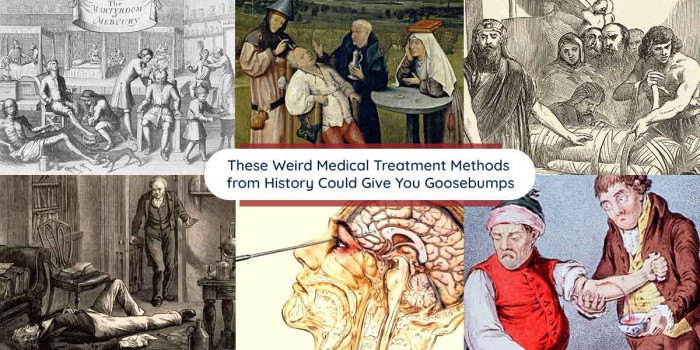
When it comes to ancient times, several medical practices and technologies were launched that helped people in several situations. The strange medical treatments and techniques were adopted by scientists and worked for patients.
However, in comparison to the modern world, the earlier practices were not meant to be useful and could have performed better. If you would figure out the earlier medical practices, then you would find some of these treatments to be weird.
Let us find out strange medical treatments that were practiced in the past and were weirdest of all.
1. Trepanation
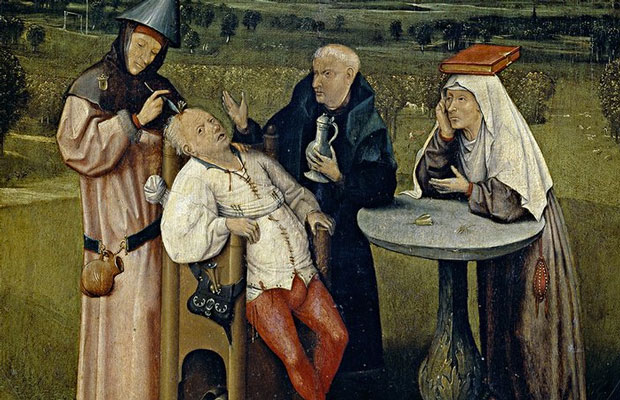
The process of drilling holes through the head is known as Trepanation. Earlier, it was believed that demons were the major cause of psychiatric conditions like hysteria. The head is drilled so that the evil spirits get an exit from the body. Trephine, an instrument, was used to cut a round piece of skull bone to relieve pressure beneath the surface.
Trepanation was emergency surgery after head wounds to remove pieces of bone from a fractured skull. It was performed by a surgeon to release the pain associated with subungual hematoma. Sometimes, surgeons refuse to perform trepanation for the concern of losing their medical license. People consider this brutal technique to be performed mainly on males. However, scientists have found holes in women and children. This technique did not die with time; it carried on through the classical period.
2. Mercury
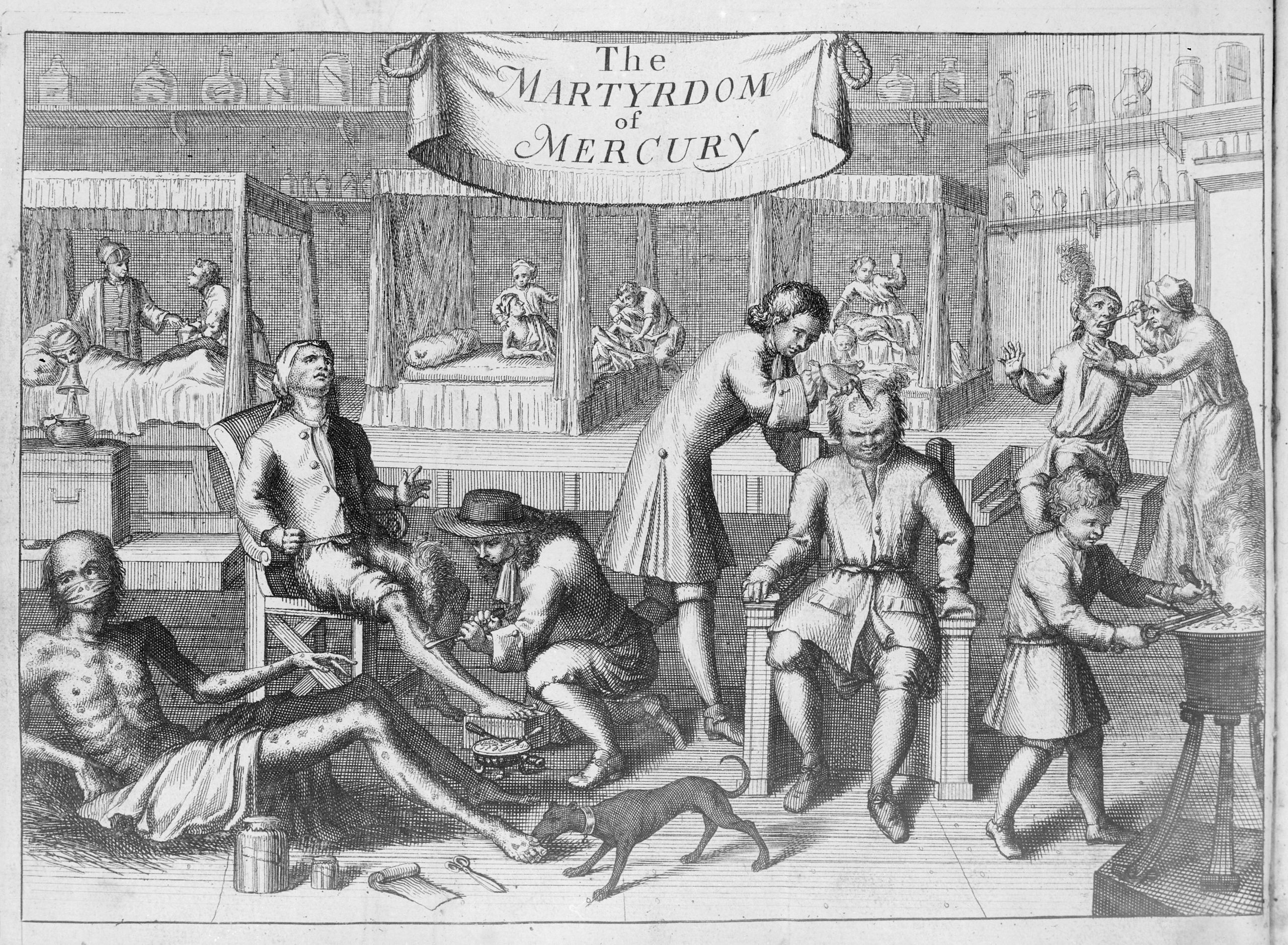
Mercury was used by different cultures, including Egypt, China, and Greece, to heal wounds and skin tissues. From the 16th to 20th century, Mercury was used for treating syphilis. It was also used to treat severe illnesses.
After Penicillin was discovered in 1940, the mercury treatment was not used. The ancient Greeks considered mercury as a useful ointment. Some healers claimed that by consuming noxious brews containing poisonous mercury, their patients would gain life.
Until the 20th century, Mercury was used as a medicine for sexually transmitted diseases. However, some people believe that patients died from kidney damage caused by mercury poisoning. Earlier, doctors were unaware of mercury poisoning and continued to treat several diseases by limiting the amount of mercury.
3. Urine Therapy

Right from ancient Egyptians to Romans, everyone tried Urine Therapy. Urine Therapy or UroTherapy is the human urine for medicinal purposes. Auto-urine therapy as a system of alternative medicine became popular by British naturopath John W. Armstrong in the 20th century. The use of Urine is still practiced in several parts of the world today.
Drinking urine may treat wounds, infections, cancer, acne, and other problems. In modern-day communities, urine is a home remedy for children with seizures. Drinking urine won’t hurt you, but it is not safe like drinking water. It can introduce toxins and medications into your system.
Urine contains waste products that get filtered through the bloodstream. These waste products are not toxic and are highly concentrated. The practitioners have claimed urine treatment for allergies and other indigestion problems. Here are ancient Egyptian medicines that are relevant in the Modern Era and deliver better results than modern treatments.
4. Bloodletting
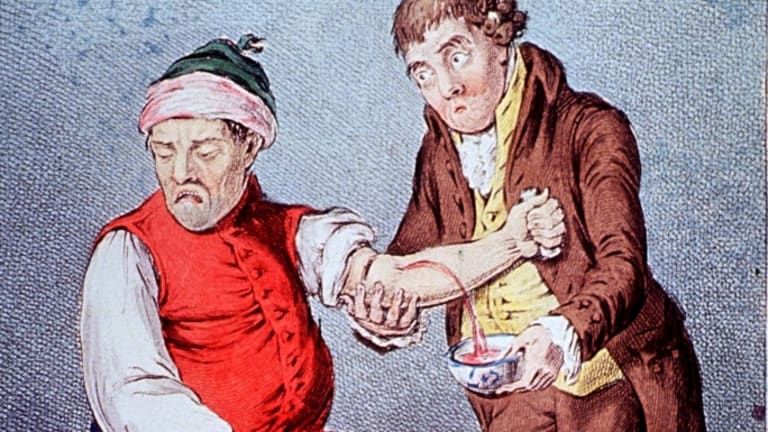
Bloodletting is the process of withdrawing blood from a patient to treat illness and disease. It was based on an ancient system of medicine in which blood and fluids were regarded as humor that had to remain in balance to maintain health. It was the common practice performed by surgeons until the late 19th century.
The practice is abandoned by modern medicines for different conditions. Sometimes, this strange medical treatment proved to be beneficial in reducing blood pressure. In Greece, bloodletting was used in the 5th century during the lifetime of Hippocrates and mentioned this practice but relied on dietary techniques.
Earlier, Bloodletting was used to treat several diseases, including diabetes, cancer, insanity, tuberculosis, and smallpox. Several theories revealed that bloodletting also cures heartsickness. The popularity of Bloodletting declined gradually and became uncommon in most areas. This practice began with Egyptians and Sumerians and became common until the time of Greece and Rome. It is used today in treating diseases like polycythemia and hemochromatosis.
5. Tobacco Smoke Enemas
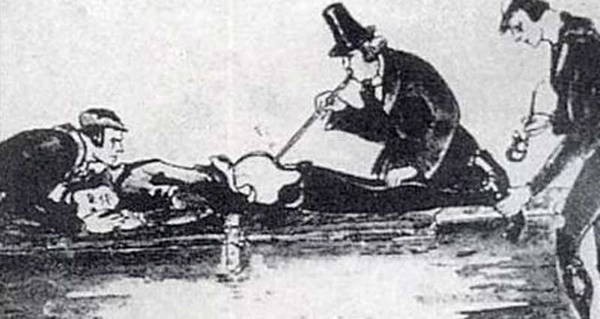
A Tobacco Smoke Enemas is a sufflation of tobacco smoke into the rectum. Tobacco was considered as medicine after it was imported from the New World. This Enema was like an antiquated Epipen. The method to use Smoke enemas was weird. The doctor would blow smoke right up the butt of a dying person.
It was believed that nicotine would stimulate their adrenal glands and revive the individual. The practice was used on those who were drowning but eventually used to fight typhoid, fever, and cholera. After it was known that Tobacco Smoke Enemas used a poisonous substance like Nicotine, the use of smoke enemas was put to rest.
6. Cannibal Cures
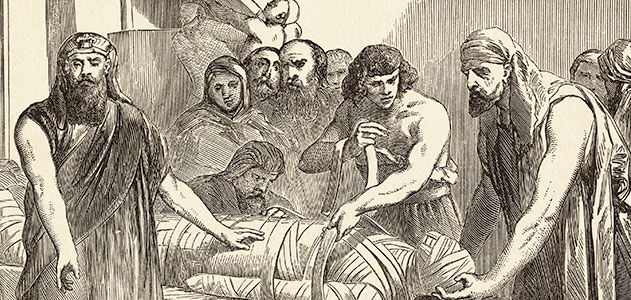
Medical Cannibalism in Europe can be traced back to the 2nd A.D. According to the 15th century, Romans drank the blood of gladiators to absorb the vitality of young men and suggested the practice of drinking blood from young persons. When this practice became common, the adaption of ‘like cures like’ was used to treat various ailments. Parts of the head were used to treat illnesses related to the head and eyes of death were used to cure Ophthalmological issues.
The blood was normally drunk, but some cooked it before drinking. The cannibalistic medicines were thought to have exceptional properties. By consuming the remains of the dead person, the patient has increased vitality and well-being. Skull was used for migraines and human fats for muscle aches.
7. Lobotomy
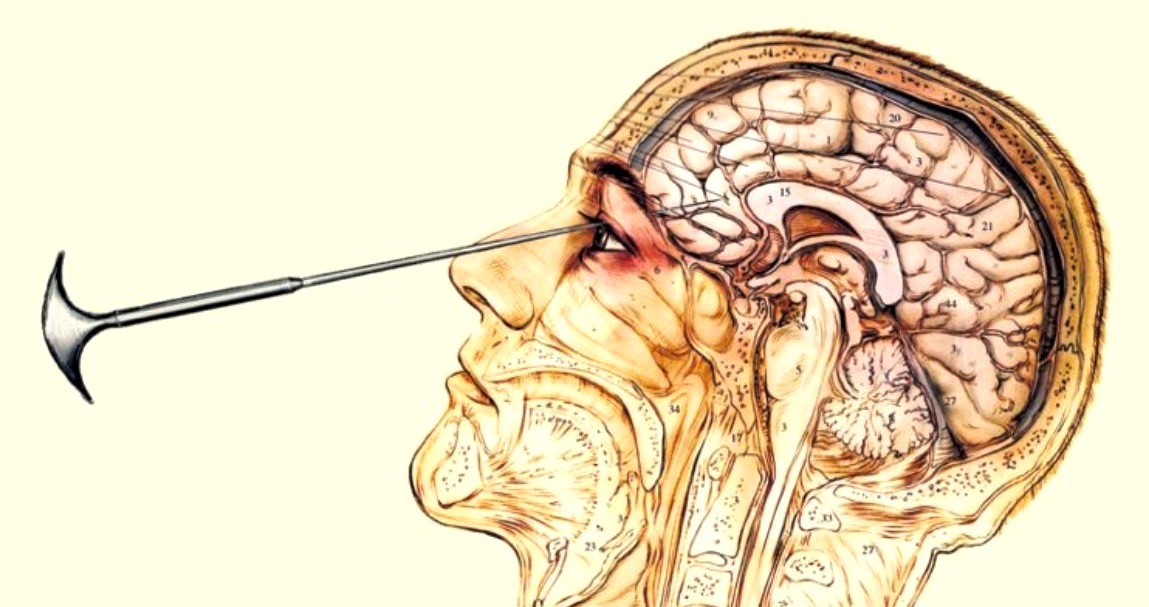
It is a form of psychosurgery, a mental disorder that involves connections in the brain’s prefrontal cortex. It was used for treating mental disorders and other conditions in Western countries for more than a decade. The use of this practice was majorly seen in the 1940s and 1950s. The majority of lobotomies were performed in the United States. According to reports, American Hospitals found over 60% of lobotomy patients as women. The purpose of using this practice was to minimize the symptoms of mental disorders.
The consequence of practicing Lobotomy was mixed. While some patients died after the operation, others committed suicide. In the 20th century, the number of patients in mental hospitals increased significantly. Lobotomy was used in a mental hospital to cure psychosis and other disorders. It consisted of sticking a thin, ice pick-like tool through the eye and into the prefrontal cortex of the brain.
8. Chloroform
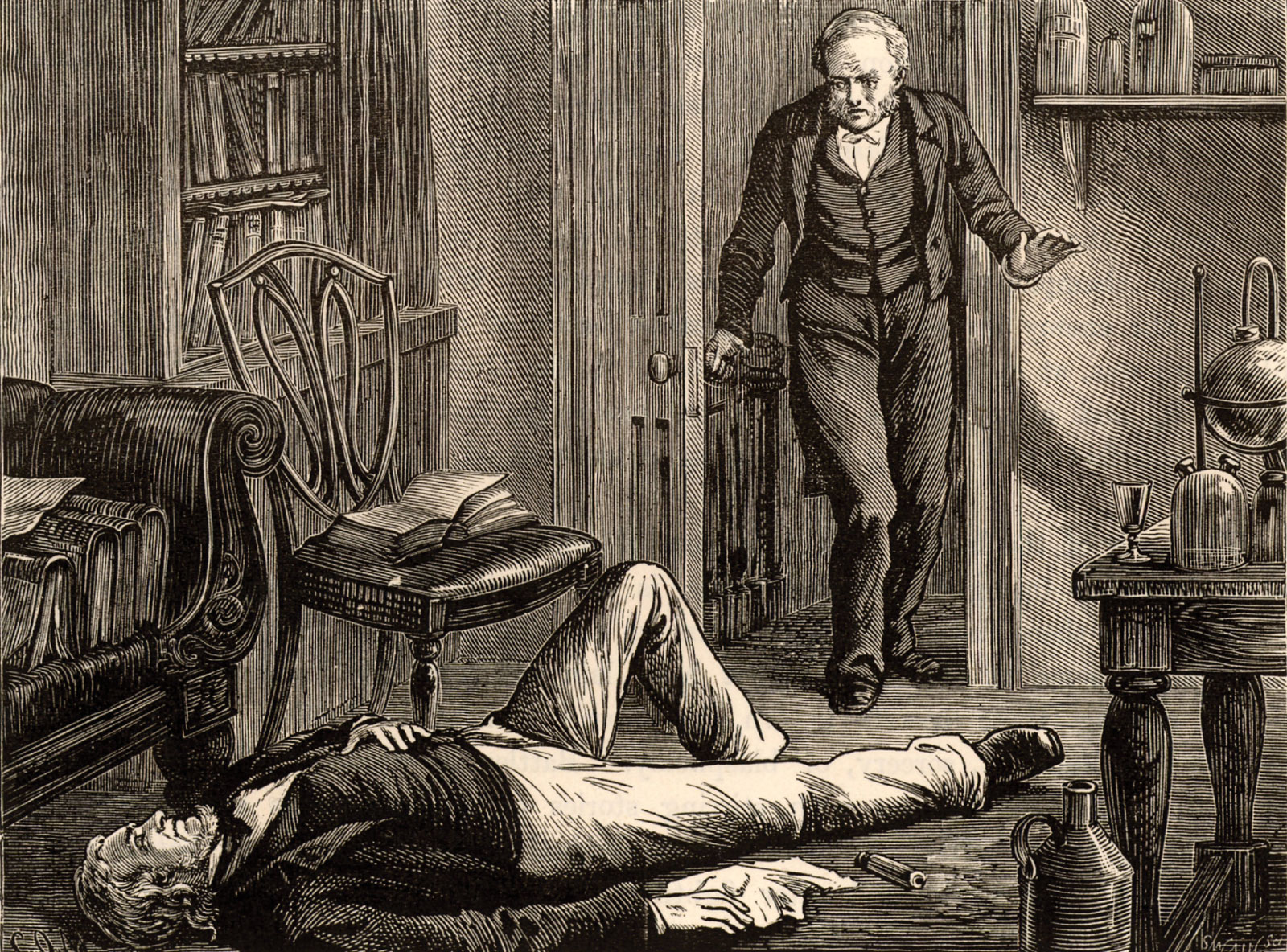
From 1865 to 1920, Chloroform was used as an aesthetic in the majority of procedures where anesthesia was necessary. Once it was found that nitrous oxide can be used as an anesthetic, chloroform was not used. Chloroform is colorless, strong-smelling, and is large scale as a precursor to PTFE. The patient had to sniff a rag soaked in chloroform, causing the patient to become unconscious.
The first narcosis Chloroform was performed by James Young Simpson on himself in 1847. The chemical substance was produced in 1931 in the USA by Samuel Guthrie and in France by Eugene Soubeiran. Till 1920, Chloroform was used in sedated surgeries. Ether was used as an anesthetic before Chloroform because it forms an explosive layer of vapor mixed with air that sinks towards the floor. Chloroform has been banned as a consumer product in several countries for years.
9. Corpse Medicine
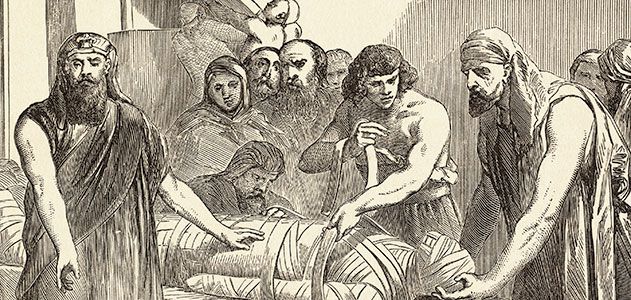
Before organ transplants, Corpse medicine was used. It used the parts of deceased humans for medicinal purposes. Blood and mummy remnants were believed to have magical powers which allowed patients to recover from ailments. Egyptians would rub human body fat on muscles and would ingest mummy powder for headaches.
Europeans in different countries used mummy powder to treat severe diseases. In the 17th century, Edward Taylor valorized the use of mummy as a medicinal remedy as it was the substitute for the body. Doctors believed that occult influences could have a healing effect, so the body of the dead would give better results.
10. Hemiglossectomy
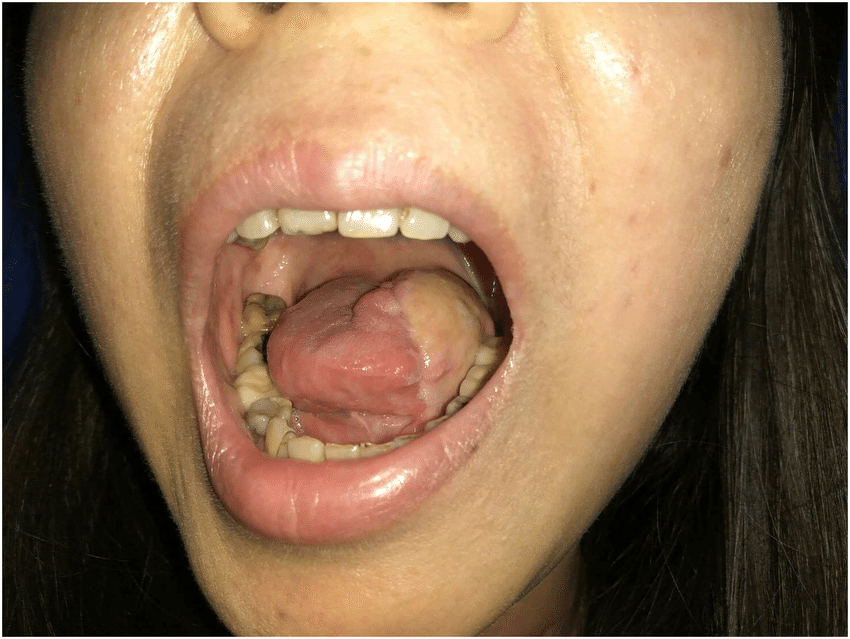
It is an operation to remove part of the tongue and adjacent tissues. It might be performed to assist breathing, and a skin graft was used to replace removed tissue. Before there was speech therapy, there was a popular practice known as Hemiglossectomy.
The practitioners thought the cutting of the tongue was the best solution to tackling speech issues. But cutting someone’s tongue didn’t help speech defects. Thankfully, today, this weird medical treatment is not used, and people have found alternatives for speech therapy.
11. Radioactive Water
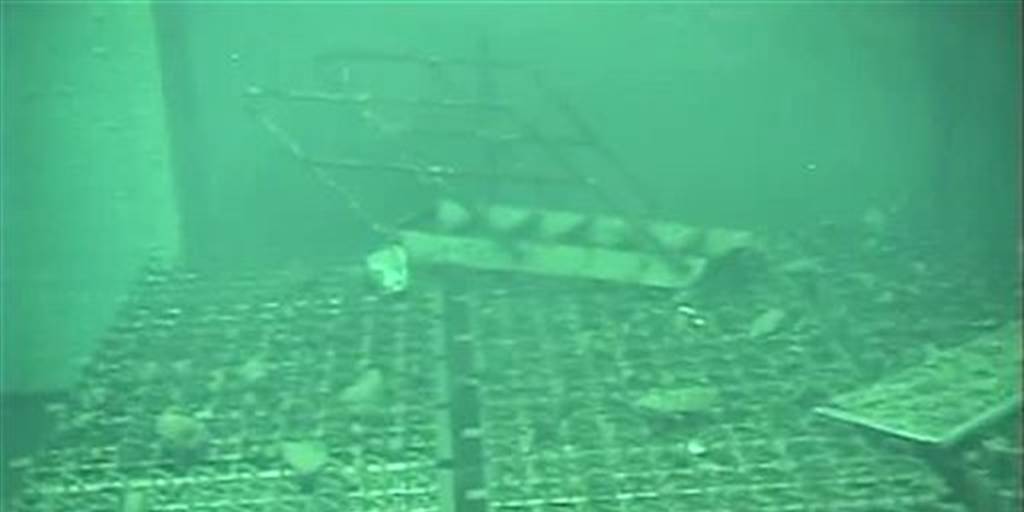
You might be aware of the harmful effects of radiation. But in the 1900s, radioactive water was a treatment for illness and age prevention. Besides water, radium was added to chocolates and toothpaste. The US surgeon believed radium to be genuine and the best treatment for diarrhea. Furthermore, it was also used as a spa treatment in hot springs.
Final Words
The history of medicine is horrifying as hell. Several methods were developed and cured severe diseases. However, advanced medicines and drugs brought results.
Do you know other strange medical treatments in history that turned out to be shocking but gave immediate results?
Popular Posts
9 Weird Mormon Rules & Beliefs That Make Them Different from Other Communities
Mormons are from a cultural group related to Mormonism. It is the religious tradition of the latter-day saint movement of Restorationist Christianity initiated by Joseph Smith.
Augustus Perez
12 Missing People Who Disappeared Mysteriously and Later Found Alive
The news of lost people coming back to life or found alive makes for great headlines but is an emotionally wrecking experience in reality, here are some strange stories of missing people who were found alive!
Augustus Perez
Mel's Hole: The Mysterious Infinite Pit Legend Debunked
The Mel’s Hole legend was baselessNevadaand it lived for a long amount of time, maddening curious minds with what lies beneath.
Kevin Green








